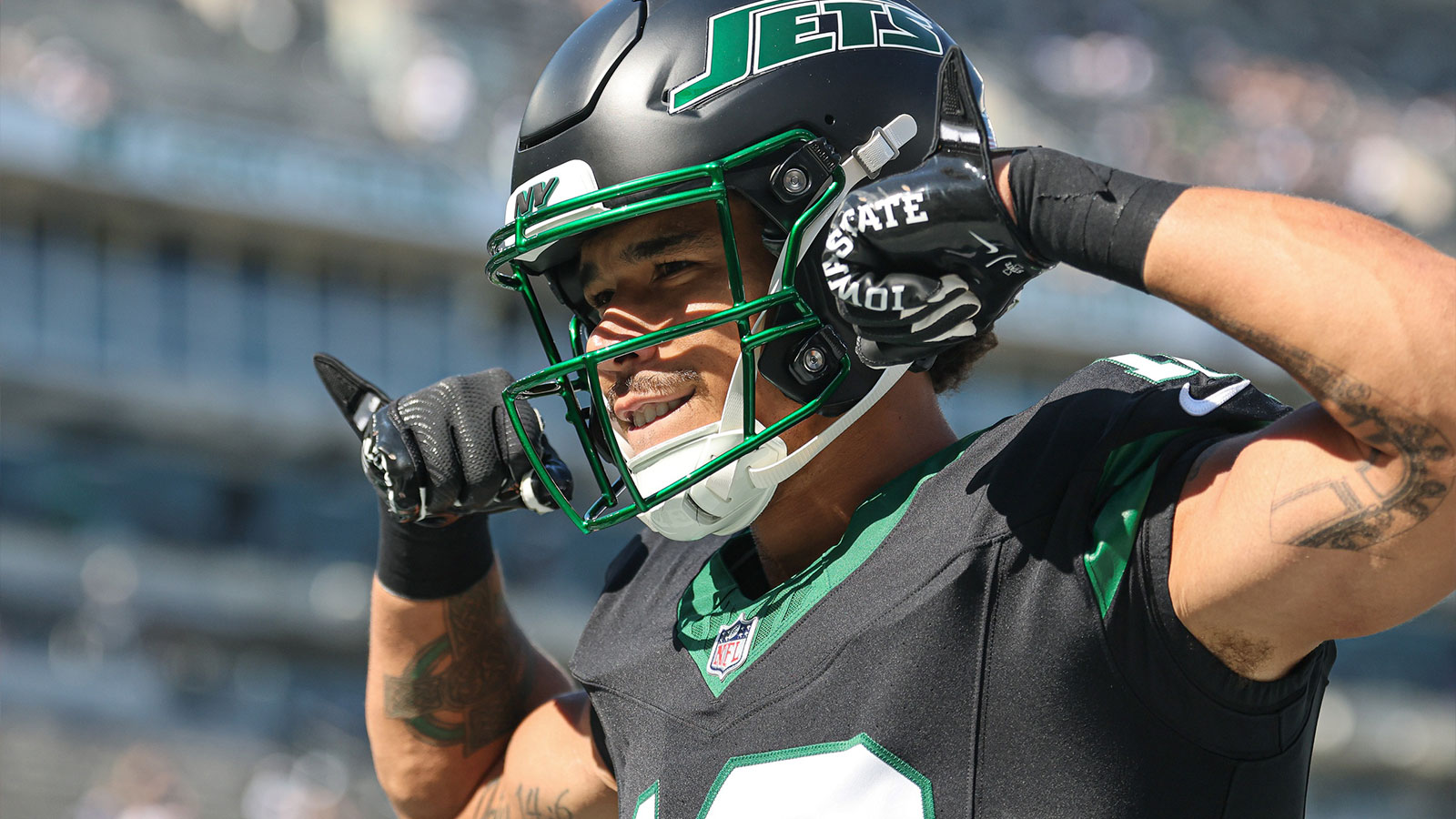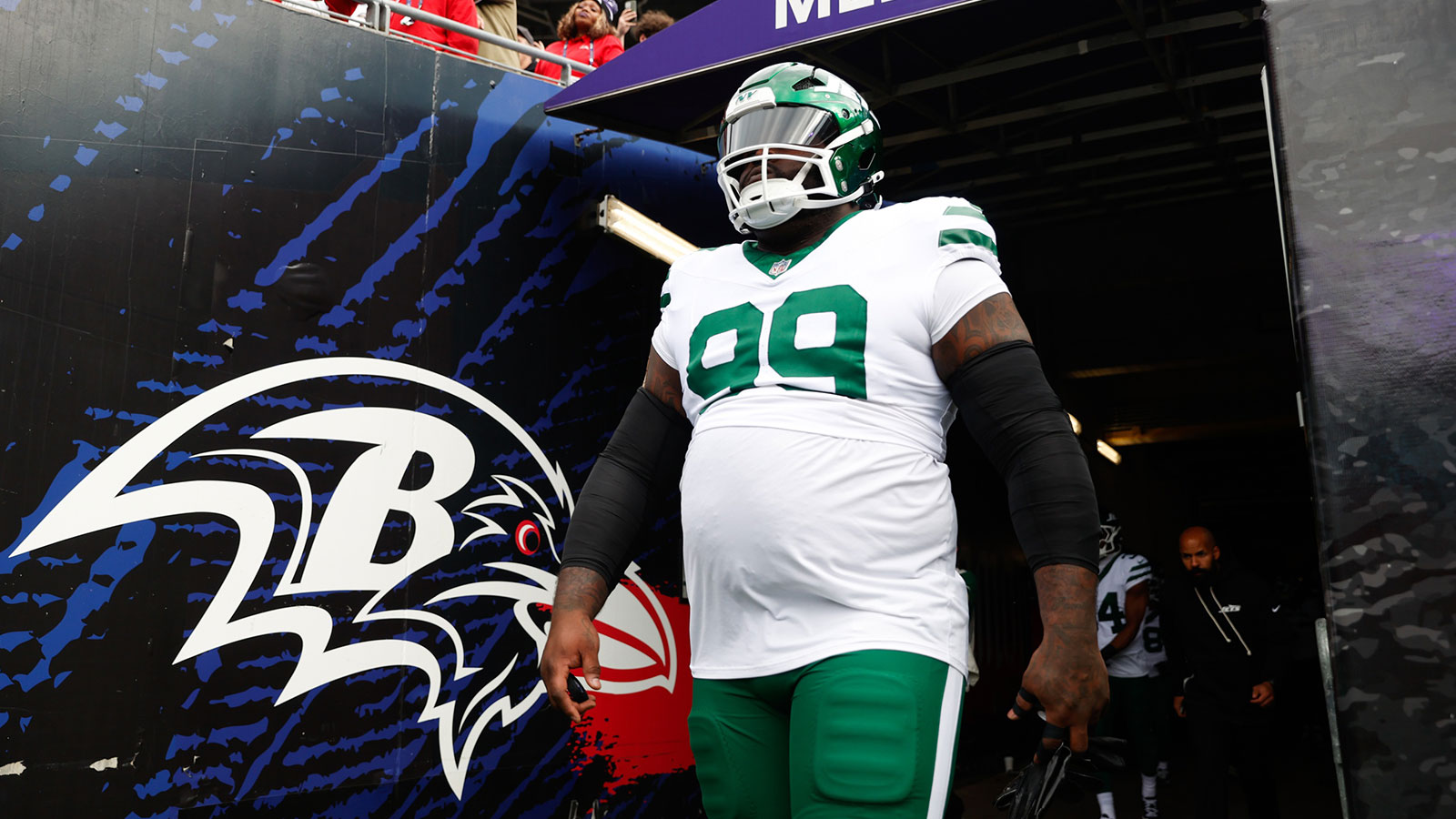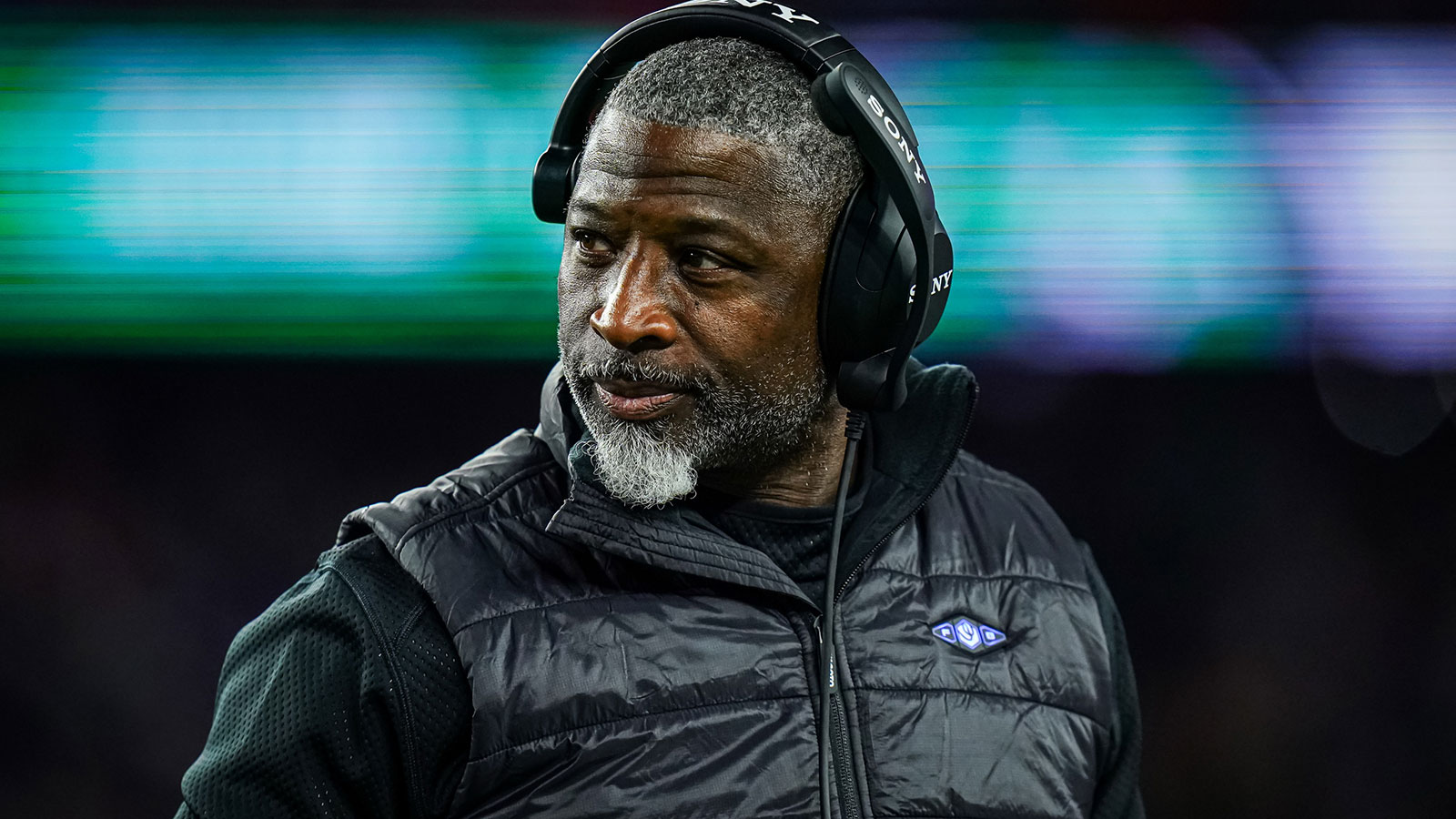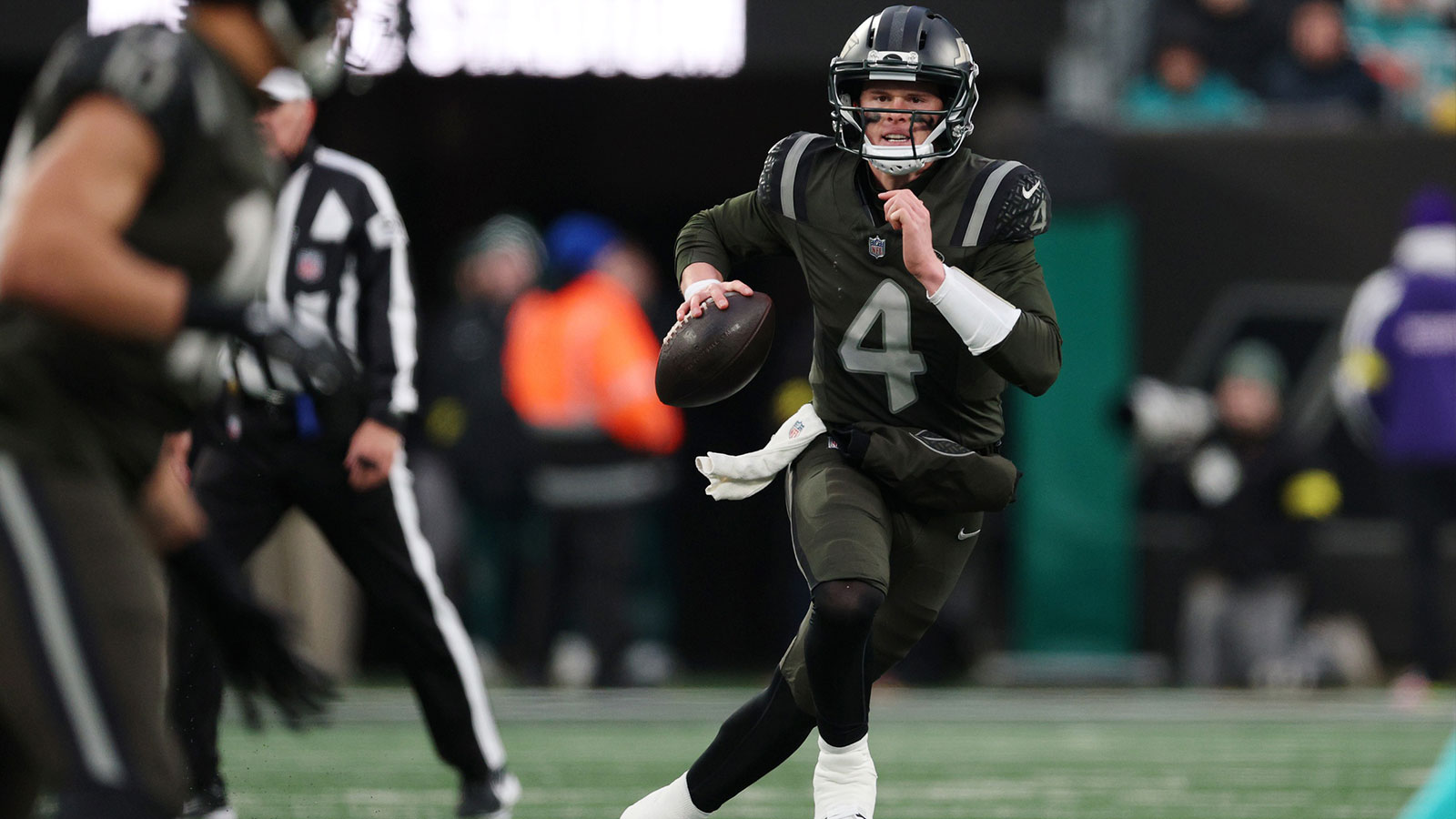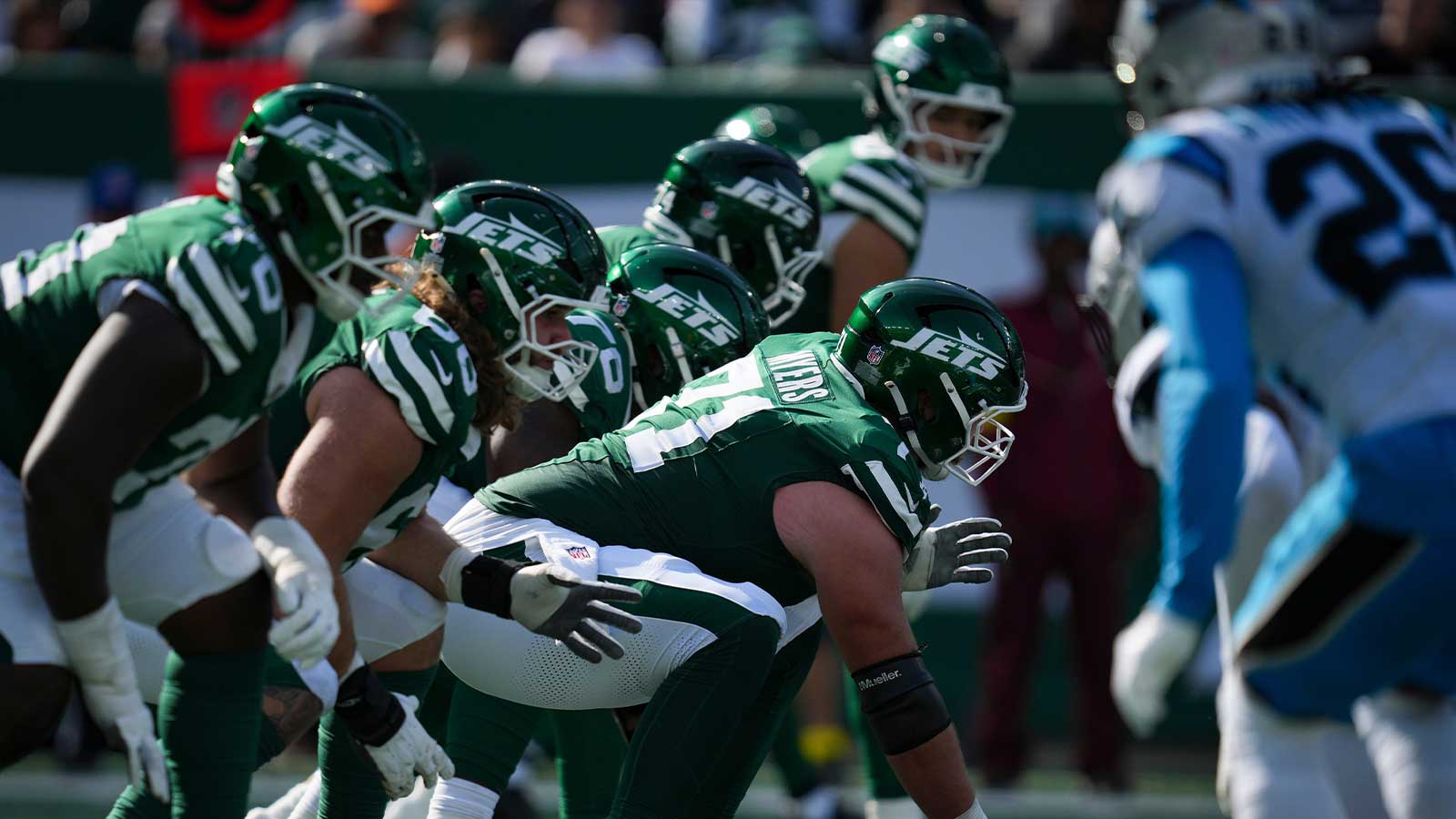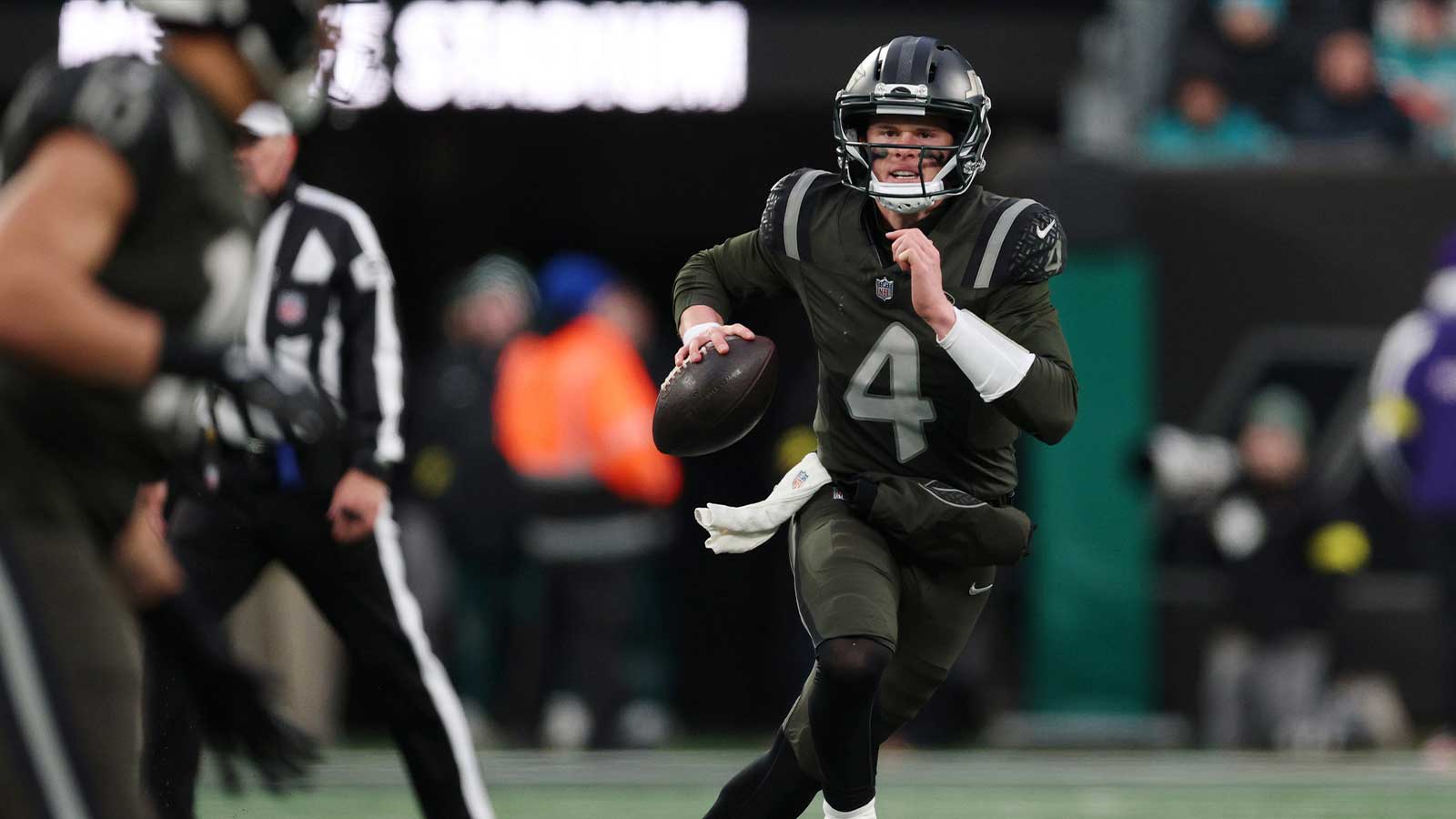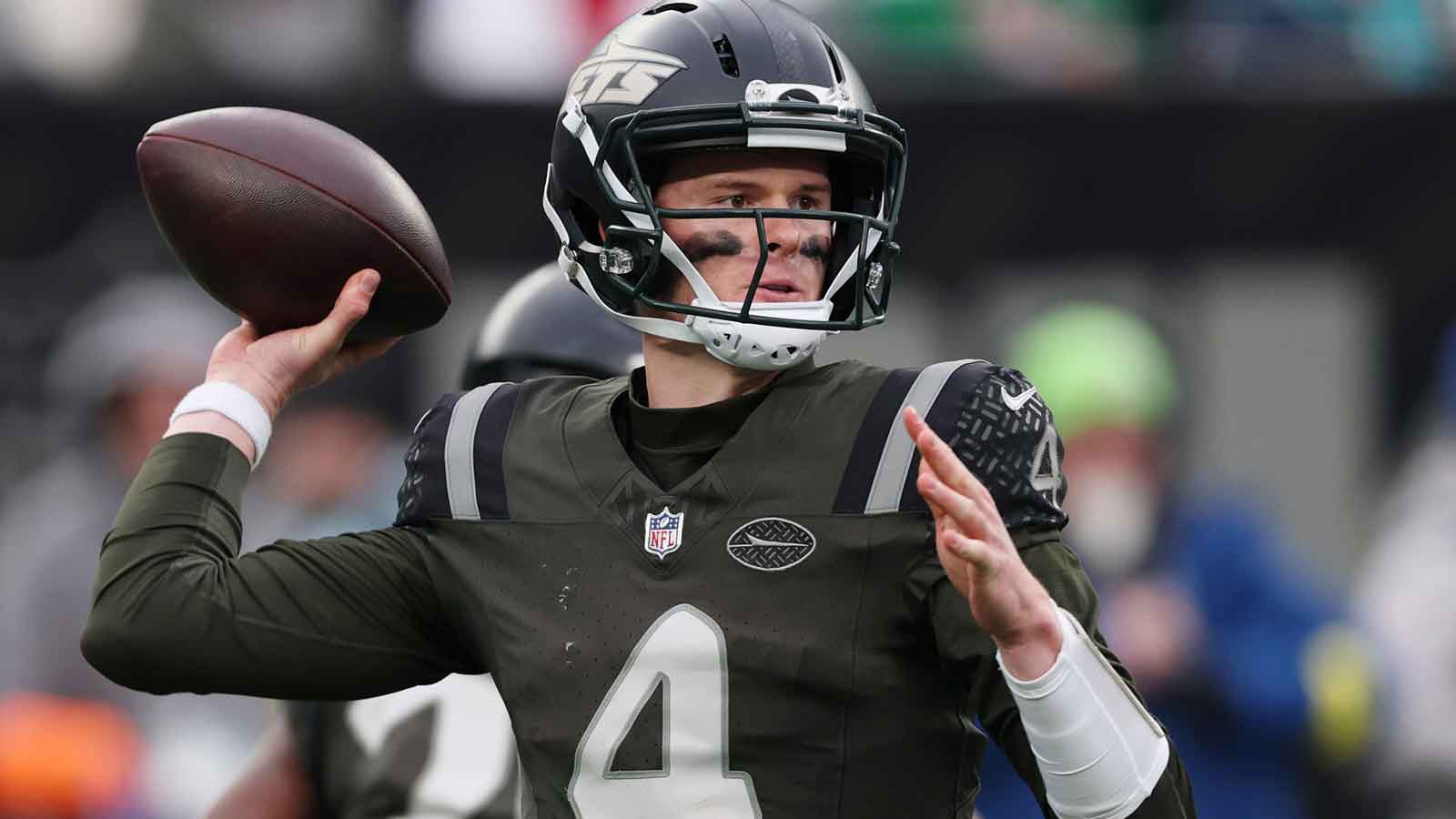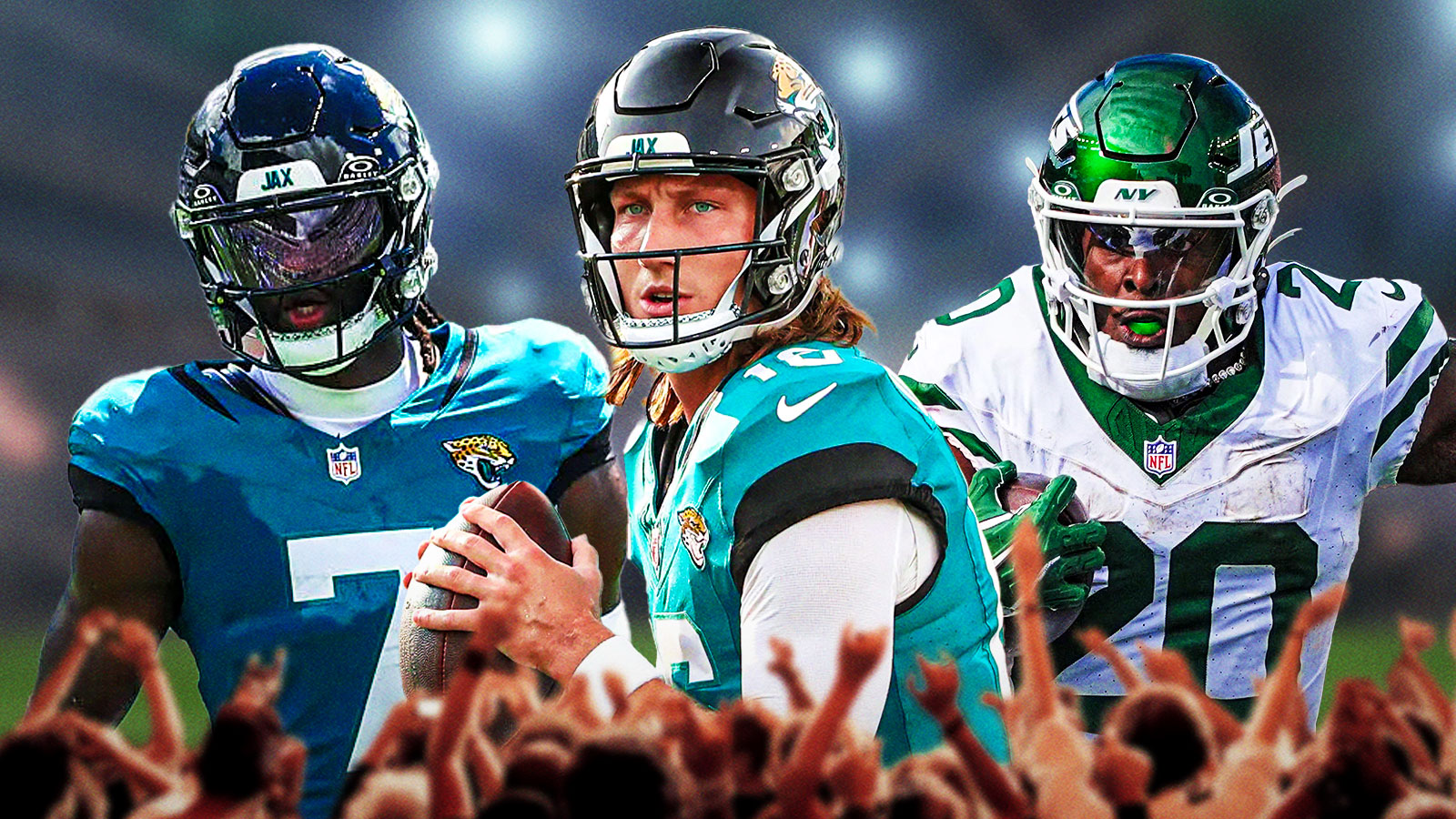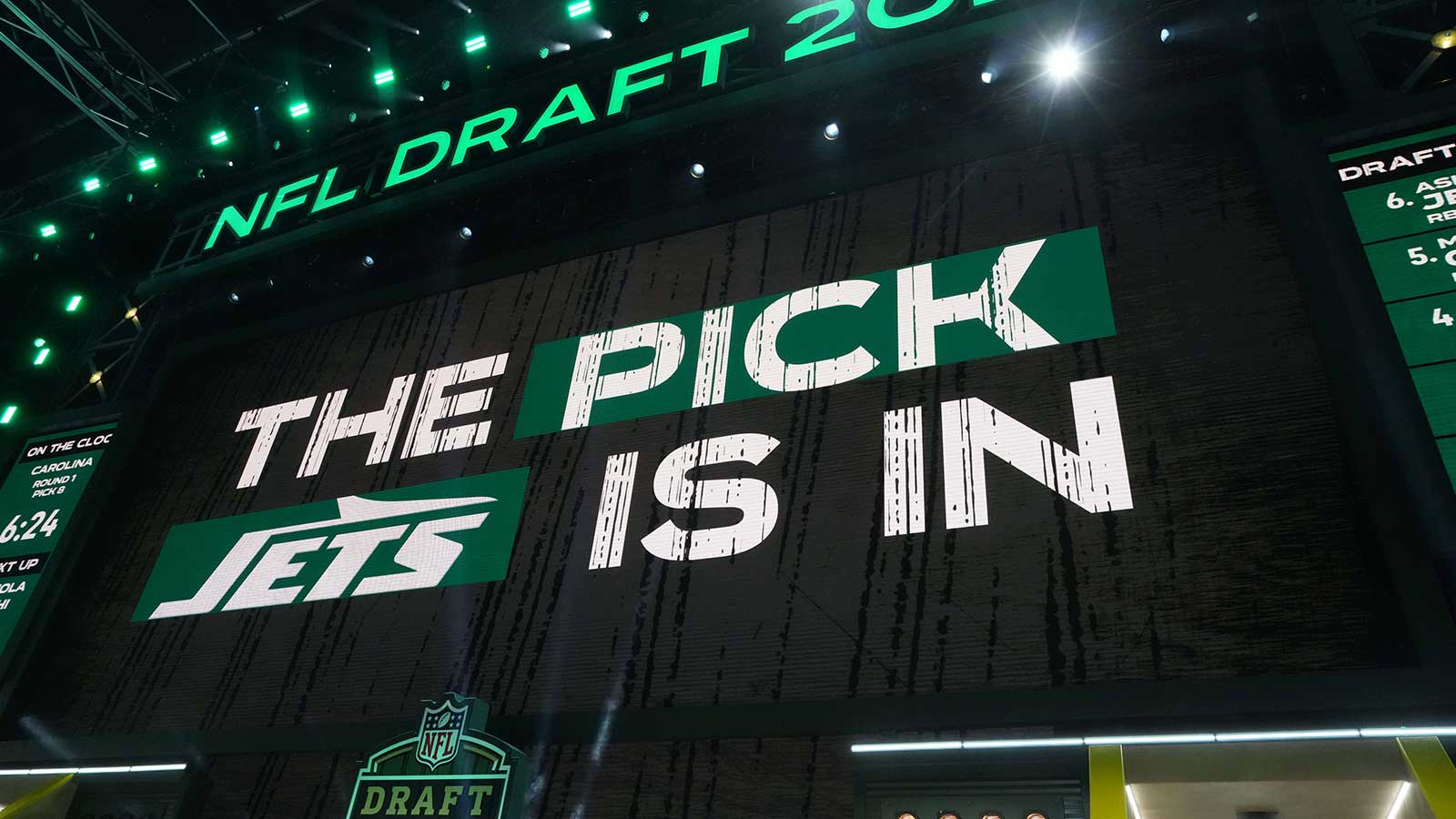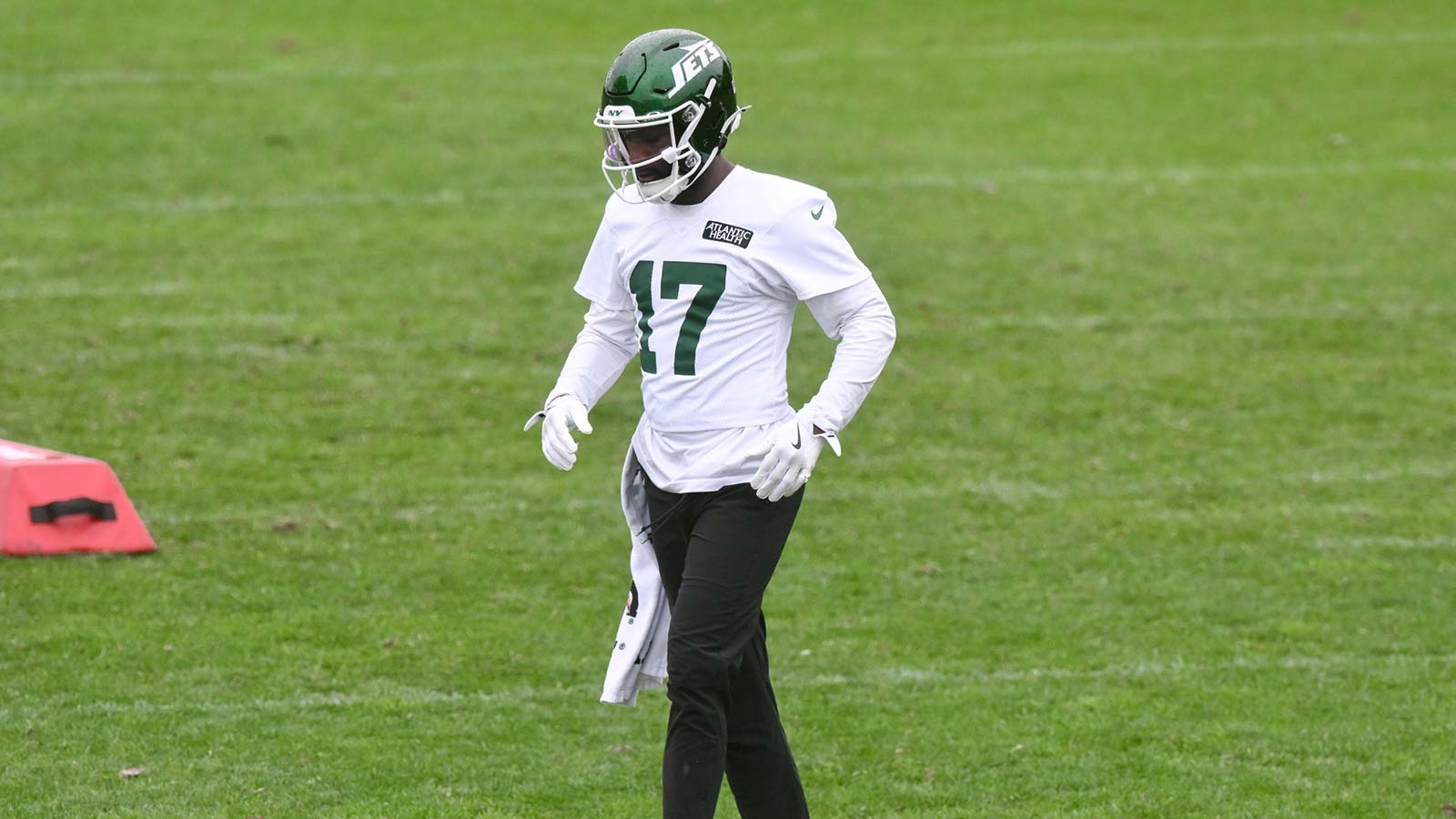If the New York Jets fail to make the playoffs this season, they will look back to their Week 13 loss to the Minnesota Vikings with supreme frustration. They did a lot of things well and showed tremendous resolve but couldn’t overcome an inability to make the big play on both sides of the ball in the 27-22 loss.
Though not as egregious as either of their two losses to the New England Patriots, this one stings because the Jets could have — should have — knocked off one the top teams in the NFL and solidified their standing in the AFC.
"I'm proud to be this teams coach. I'm proud of every single person in that locker room, they absolutely fought their tales off. This team doesn't quit…if we play like that I know we'll win more often than not"
– Robert Saleh on this Jets team pic.twitter.com/TDI6QO0OV7
— Jets Videos (@snyjets) December 4, 2022
Instead, the Jets came up empty after dragging themselves out of a 20-3 hole and nearly defeating the 10-2 Vikings. The loss dropped the Jets to 7-5, with a road date in Buffalo against the Bills ahead next week.
On the bright side, the Jets still own the final wild card in the AFC.
That said, let’s break down who’s most to blame for the Jets Week 13 loss to the Vikings.
2. The Jets defense did not make the big play, stop
The Jets limited the Vikings to 287 yards of total offense. They shut down Minnesota for most of the second half. They put consistent pressure on quarterback Kirk Cousins and had him looking confused and battered for much of the game. They held superstar receiver Justin Jefferson to seven catches for 45 yards.
A career high in sacks for @QuinnenWilliams!
(via @nyjets) pic.twitter.com/qQrgZUXG4Q
— Jets Videos (@snyjets) December 4, 2022
Seems like a winning recipe. Yet it wasn’t because the Jets defense could not get off the field or make a critical stop when required to do so.
In fact, the Jets surrendered 17 points in the second quarter to fall into a 20-3 hole before stiffening in the second half. Key for Minnesota was keeping drives afloat with third down conversions. The Vikings were 8 of 13 (62 percent) on third down to start the game before finishing 9 of 18 (50 percent).
The Jets allowed Dalvin Cook to burst into the end zone from four yards out and Alexander Mattison scored on a 14-yard run. Each was virtually untouched on his second-quarter TD. There were times in big moments where the Vikings offensive line blew the Jets off the ball, including on each touchdown run.
When the Jets pulled within 20-15 early in the fourth quarter, they needed to make another stop to get the ball back and continue their momentum. Instead, they allowed the Vikings to start the drive with four first downs on four plays. Shortly thereafter, Jefferson shed D.J. Reed in the end zone and caught a 10-yard TD pass from Cousins. The Jets needed one more stop. Didn’t get it.
Minnesota was 3 for 3 in the red zone. Not good for New York. And for the second time this season, the Jets didn’t create a turnover, either. They lost each of those games. Also, not good.
But really, this loss is more on the Jets offense than their defense.
1. The offense failed miserably in the red zone
After generating a season-high 466 yards of total offense in Mike White’s first start last week against the Chicago Bears, the Jets totaled 486 yards against the Vikings. White threw for 369 yards; Garrett Wilson caught eight passes for an NFL career-high 162 yards, including a 60-yard catch and run; rookie Zonovan “Bam Knight” had a game-high 90 yards rushing on 15 carries; Corey Davis had a clutch 31-yard reception on a fourth-down pass in the fourth quarter.
The Jets also led in time of possession (31:38 to 28:22) and scored on six possessions.
Mike White in the clutch!!!
— Richard Sherman (@RSherman_25) December 4, 2022
However, the Jets only scored 22 points and lost the game because they couldn’t get the ball in the end zone. New York was a miserable 1 for 6 in the red zone — a one-yard QB sneak by White on a fourth down in the final quarter. They were also an atrocious 3 for 16 on third down conversions (19 percent).
Thank goodness for kicker Greg Zuerlein, who kept New York alive by kicking five field goals including a 60-yarder, establishing a new Jets record. But Greg the Leg would surely have preferred kicking more extra points than field goals Sunday.
As good as White was in leading the Jets back from a 17-point deficit and repeatedly marching them down the field in the second half, he was a big part of the blame for the red zone issues. White was 6 for 17 for 24 yards and a last-second interception at the goal line in the red zone.
🚨 THAT'S GAME 🚨
Camryn Bynum picks off Mike White to seal the win for the Vikings!pic.twitter.com/eNyNhQgAb9
— ClutchPoints (@ClutchPoints) December 4, 2022
Mike White shouldered the blame for New York’s inefficiency deep in Minnesota territory. But Wilson and others were quick to absolve their QB.
And really this was a group failure on offense. Coordinator Mike LaFleur was pass heavy in the red zone, yet never ran a play for either tight end, Tyler Conklin nor C.J. Uzomah. Also, where was Denzel Mims in the red zone offense? He was drafted in part for his skill in these situations as a tall, rangy receiver.
There were also breakdowns by the offensive line and inability to open holes for Knight. Tackle George Fant took a killer penalty in the red zone to force the Jets into another field goal attempt in the third quarter after a long, impressive drive.
Braxton Berrios ALMOST gave the Jets the lead, but dropped the ball in the end zone 😔pic.twitter.com/LUDQSvmztZ
— ClutchPoints (@ClutchPoints) December 4, 2022
The dagger was Braxton Berrios dropping a pass in the end zone on fourth down that would have given the Jets their first lead with 1:48 to play.
It was there for the Jets. But their ineffectiveness in the red zone cost them what could have been a crucial win.








